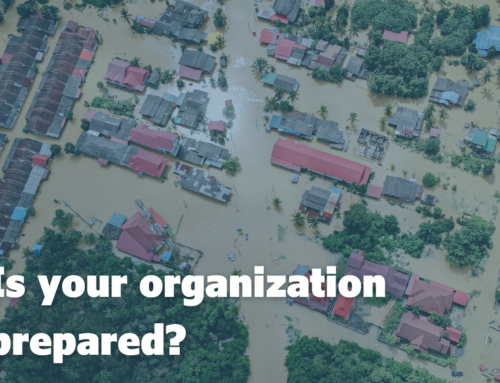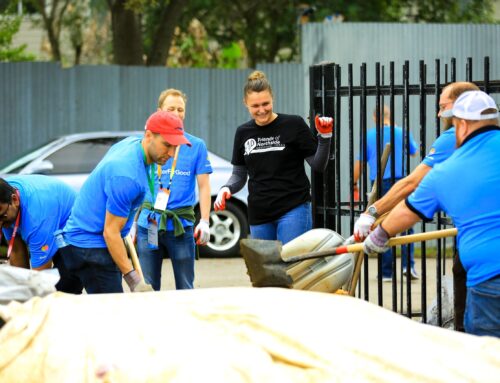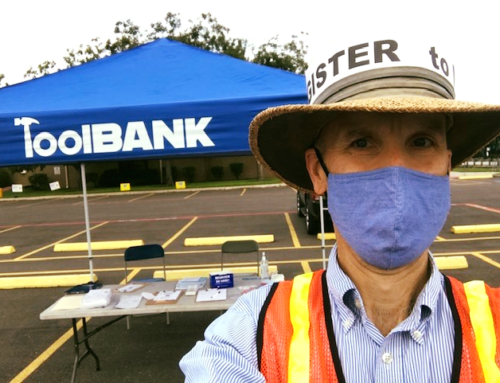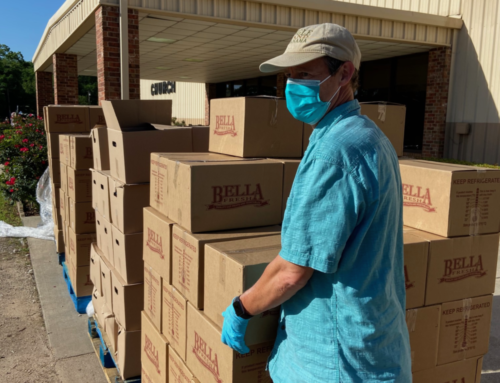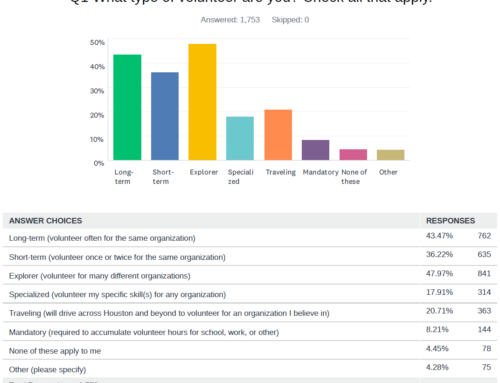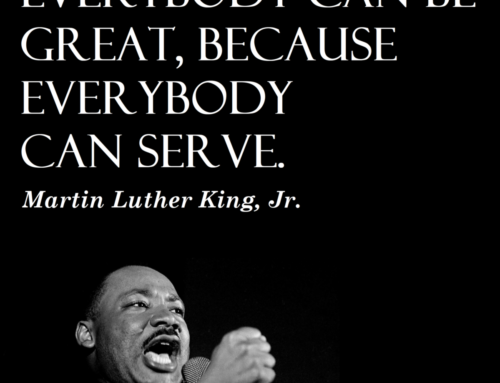Just Ask a Volunteer
You got it, boss! To facilitate a meaningful and productive experience for our volunteers and our organization we’ll need to follow these steps.
- Meet with the staff whose department will benefit from the volunteer’s service to:
- understand the work that will need to be performed and which skills are needed
- create a schedule that aligns with the staff members’ availability
- Write a job description for the new role.
- Consider risk and create a risk management plan.
- Develop policies and procedures specific to the new volunteer role.
- Create a budget for the project, no matter how small.
- Secure resources the volunteers will need to perform the tasks to the best of their ability in the safest manner possible. (i.e., gear, equipment, training materials, other supplies)
- Train staff to collaborate with volunteers.
- Create and implement a recruitment plan:
- Write an inspiring and specific narrative about the work that will be accomplished and the purpose it serves in the organization and community.
- Design social media graphics, images, and email headers that will be attractive to the type of volunteer you need to recruit.
- Contact audiences or groups with the desired skills needed with the intent of recruiting capable volunteers.
- Share the volunteer application far and wide.
- Screen and vet volunteers by:
- Reviewing applications
- Checking references
- Running background checks
- Running licensure checks
- Interviewing volunteer candidates
- Redirect unqualified volunteers to other roles in your organization for which they would be a better fit.
- Onboard volunteers by:
- Collecting signatures on volunteer agreement, waiver(s), code of conduct
- Obtaining copies of identification, licenses, etc., if required
- Facilitating a brief orientation to our organization and our impact on the community
- Giving them a tour of your facilities
- Learning more about what motivates each of the volunteers and planning recognitions accordingly.
- Train volunteers on specific tasks including safety policies and demonstrations. Ideally, this training is facilitated by the staff that will also be supervising the volunteer(s).
- Welcome volunteers to each of their shifts.
- Supervise and support volunteers, as well as fellow staff members who may also be supervising and supporting the volunteer(s).
- Evaluate the volunteers’ performance for accuracy and quality to ensure the resources you have invested in this volunteer role are being used wisely and to protect the reputation of your organization among clients, donors, staff, and the general community.
- Recognize volunteers based on their preferences.
- Capture feedback from the volunteer about their entire experience (application through task completion) to continuously identify areas for improvement.
- Rinse and repeat!
Phew, that’s a lot of work! Sometimes it is easy to say, “let’s just get a volunteer to do it.” Yet, the work that goes into preparing for a volunteer to arrive is rather extensive, as it should be. The value that volunteers bring to an organization will be as great as the effort the organization puts into its volunteer engagement efforts. The more organizations invest in volunteers, the more likely the volunteers will be successful, and the more likely the organization is to achieve its mission and reach its goals.
And there are so many more benefits associated with investing resources in volunteer engagement efforts. Let’s think about this from three perspectives. What would you add to this list?
| Volunteer Perspective | Organization Perspective | Client Perspective |
|---|---|---|
| Trained in new skills or knowledge | Low volunteer turnover equates to savings in terms of staff time spent recruiting, onboarding, and training | Engage with more people who care about them, giving their self-worth a boost |
| Feeling valued by the organization | The likelihood that volunteers will become donors is higher | Receive more and/or faster services from the organization, increasing their customer satisfaction |
| Sense of accomplishment (because you set them up for success) | Happy and fulfilled volunteers will be the organization’s biggest cheerleaders in the community | |
| All staff involved in the utilization and supervision of volunteers reduces the “silo effect” |
Ask any volunteer to tell you about a positive and negative volunteer experience. Then ask them about the organizations they volunteered with in both of those scenarios. Listen closely to how they speak about each of those organizations – facial expressions, factual knowledge, opinions. Their responses will be an indication of how much the organizations value their volunteers.


